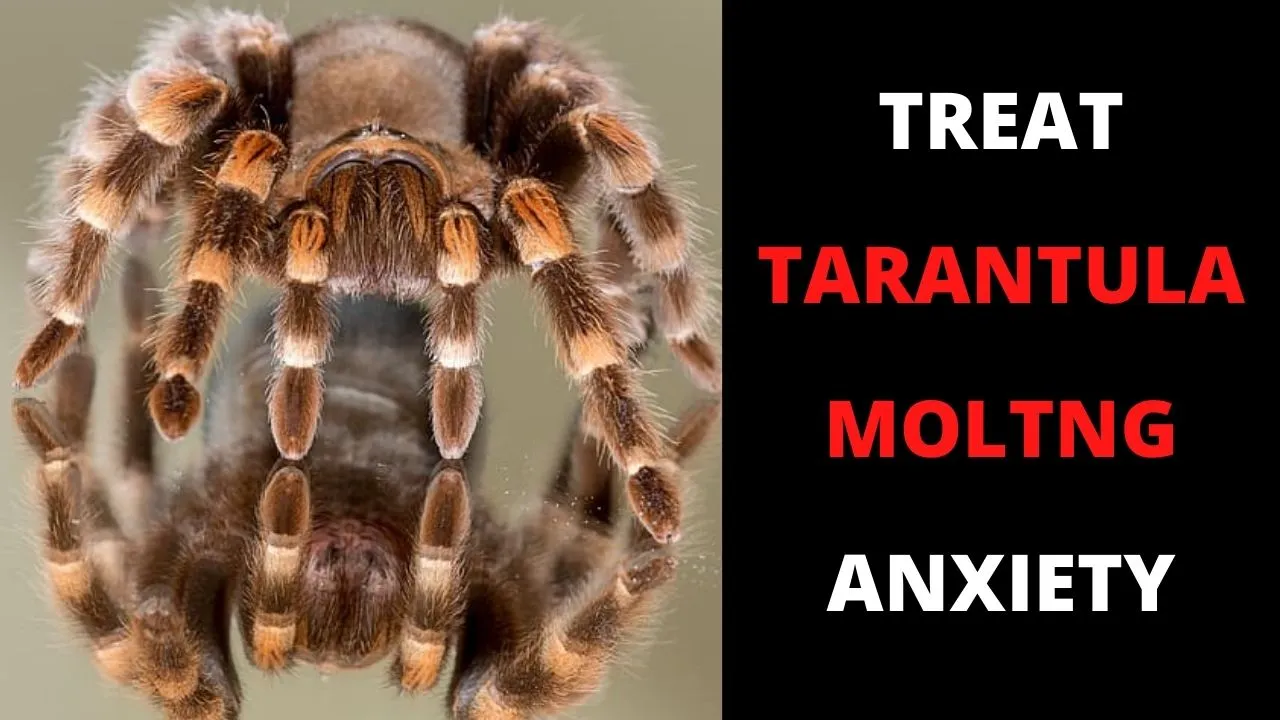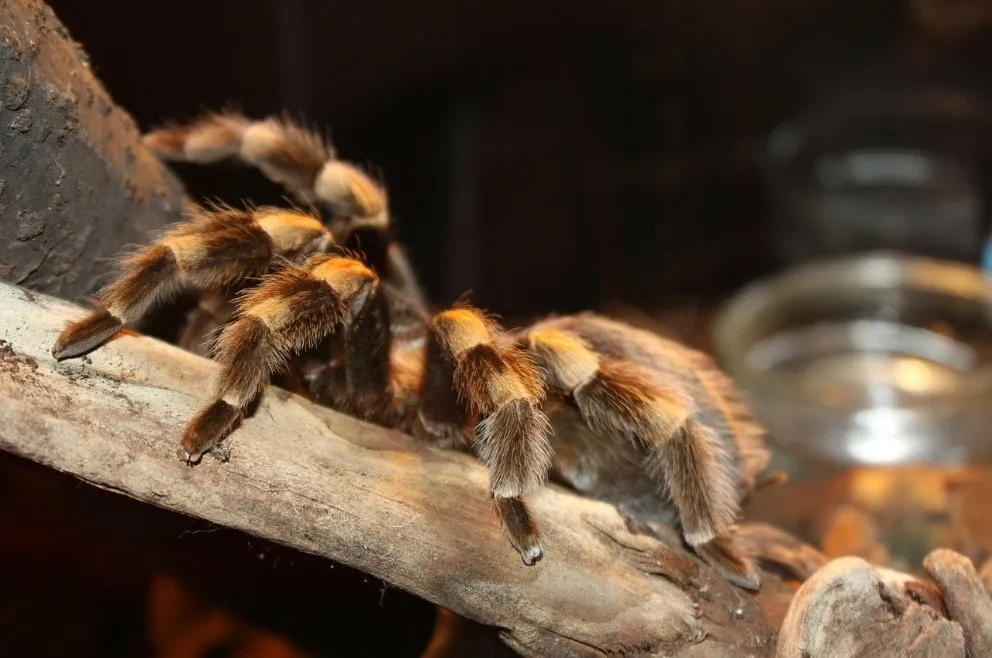What Makes a Tarantula Happy?
Owning a tarantula can be a fascinating experience, but understanding their needs is crucial for their well-being. Unlike dogs or cats, tarantulas express happiness in more subtle ways, making it essential to learn their behavior. Happy tarantulas are generally healthy tarantulas, so observing key indicators is vital. Creating a comfortable and enriching environment is key to ensuring your eight-legged friend thrives. This involves providing the correct habitat, diet, and care, which contributes significantly to their overall contentment. A happy tarantula is more likely to live a long and healthy life, offering you many years of observation and enjoyment.
Understanding Tarantula Behavior
Tarantulas, though often perceived as simple creatures, exhibit a range of behaviors that can indicate their emotional state. These behaviors are primarily driven by instinct and environmental factors. Learning to recognize these patterns is key. Observing your tarantula’s posture, feeding habits, and activity levels can reveal whether it’s happy and comfortable or stressed and unwell. Understanding their natural behaviors will help you create an environment that suits their needs. By carefully monitoring these behaviors, owners can make informed decisions about their pet’s care, ensuring its well-being.
Signs of a Happy Tarantula

Several signs can help you determine if your tarantula is happy and thriving. These signs are usually subtle, requiring careful observation. A healthy tarantula will display several positive behaviors that indicate contentment. Knowing what to look for allows owners to quickly address any issues that might arise. Paying attention to these cues is a crucial step in providing proper care and ensuring your pet’s happiness. Look out for the following indicators that suggest your tarantula is living its best life.
Healthy Appetite and Feeding Habits
One of the most evident signs of a happy tarantula is a healthy appetite. They should readily accept food, such as crickets or mealworms, and show enthusiasm when feeding. A tarantula that consistently refuses food might be stressed, sick, or its enclosure may be too cold. Regular feeding and a willingness to eat are crucial indicators of well-being. A healthy appetite goes hand-in-hand with proper hydration, so make sure fresh water is always available. Consistent feeding behavior suggests a comfortable and healthy tarantula. Ensure the food items are of appropriate size, and are properly gut-loaded to provide all necessary nutrients.
Active and Exploratory Behavior
A happy tarantula will often exhibit active and exploratory behavior, especially in their enclosure. This means they move around, investigate their surroundings, and are not constantly hiding. Active tarantulas display curiosity. If your tarantula seems lethargic or spends most of its time in one spot, it might be a sign of stress or illness. Providing a stimulating environment with appropriate substrate, hiding places, and climbing structures encourages activity and exploration. Watching your tarantula actively explore their enclosure is a good sign, showing they feel secure and comfortable in their home.
Proper Molting Cycles

Molting is a natural process where tarantulas shed their exoskeletons to grow. Healthy molting cycles indicate a well-nourished and thriving tarantula. Regular and successful molting is a positive sign. A tarantula that struggles with molting may be experiencing environmental stress. Humidity plays a crucial role in successful molting, so maintaining appropriate levels is essential. Providing a comfortable environment with the right humidity can facilitate molting. Keep an eye on the molting process, ensuring the tarantula has a safe space to shed its old skin. Avoid disturbing your tarantula during the molt.
Ideal Habitat Conditions
A key factor in determining a tarantula’s happiness is the condition of its habitat. This means a habitat with the correct temperature, humidity, and appropriate substrate. The enclosure should be the right size, providing ample space for the tarantula to move around. A clean enclosure free from debris is essential for the tarantula’s well-being. Also, consider providing hiding places like cork bark or artificial plants, which help the tarantula feel secure. Regularly monitor and adjust the habitat to keep it optimal. The right conditions contribute significantly to a happy and healthy tarantula. Ensure the enclosure is properly ventilated to prevent mold or mildew.
Consistent Webbing and Burrowing
Many tarantulas create webs or burrows as part of their natural behavior. Consistent webbing or burrowing indicates the tarantula feels secure and comfortable in its environment. Webbing provides a sense of security and helps them navigate their surroundings. A happy tarantula might actively maintain and expand its web or burrow system. If your tarantula ceases to web or burrow, or if it abandons its burrow, it could be a sign of stress or illness. Providing a suitable substrate is vital for allowing the tarantula to express its natural behavior. Observe how your tarantula interacts with its environment.
Positive Interaction with Environment

A happy tarantula interacts positively with its environment. When it is not feeling threatened, it will explore its enclosure without excessive hiding. While they may not actively seek interaction with humans, they should not exhibit fearful or defensive behaviors when you are near. When a tarantula feels secure, it will show a level of comfort in its surroundings. Over time, you will get a better understanding of your tarantula’s personality, and any deviation from the norm should be investigated. Providing appropriate enrichment, such as changing the layout of the enclosure occasionally, can stimulate the tarantula and contribute to its well-being.
Common Indicators of Tarantula Distress
Along with positive signs, it’s equally important to recognize indicators of distress in your tarantula. These signs include refusing food, excessive hiding, lethargy, and erratic movements. If a tarantula consistently refuses food, it could be a sign of illness or stress. An unhappy tarantula might spend most of its time hiding, avoiding interaction. Lethargy and lack of movement also indicate a potential issue. Any of these behaviors should prompt a closer look at the tarantula’s environment. Prompt action will help ensure your tarantula stays healthy. Regular observation helps you catch any problems early. If you notice any signs of distress, adjust the tarantula’s environment and consider consulting with a veterinarian specializing in exotic pets.
In conclusion, recognizing the signs of a happy tarantula is crucial for responsible pet ownership. By understanding their behavior, you can provide the best possible care, ensuring they live a long, healthy, and fulfilling life. Observing their feeding habits, activity levels, molting cycles, and overall interaction with their environment will guide you in keeping your tarantula happy. Remember, a happy tarantula is a healthy tarantula.
